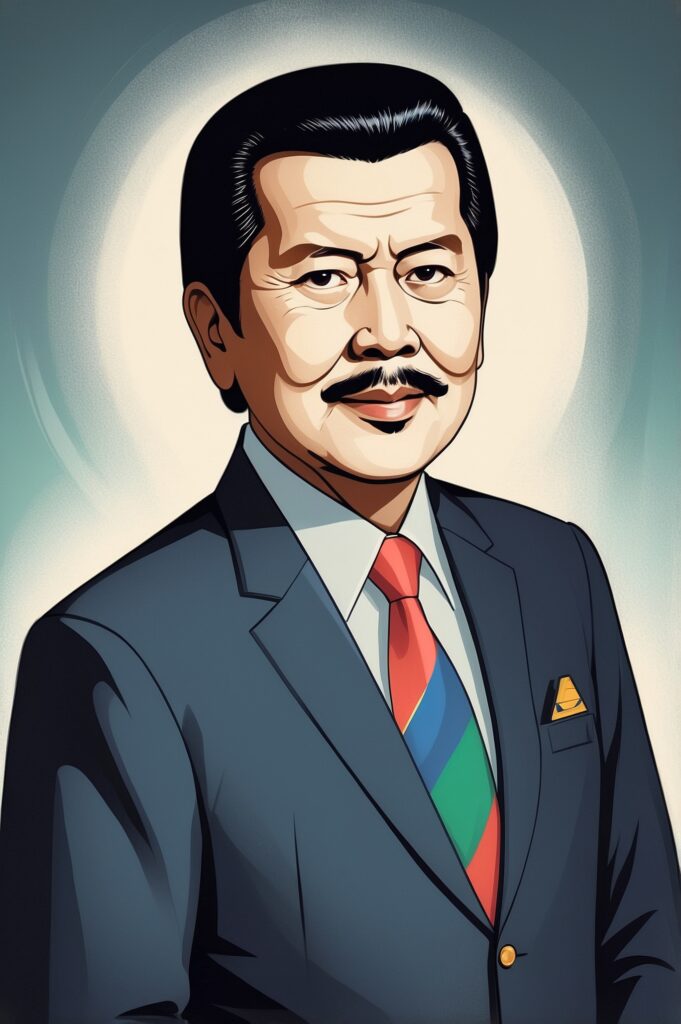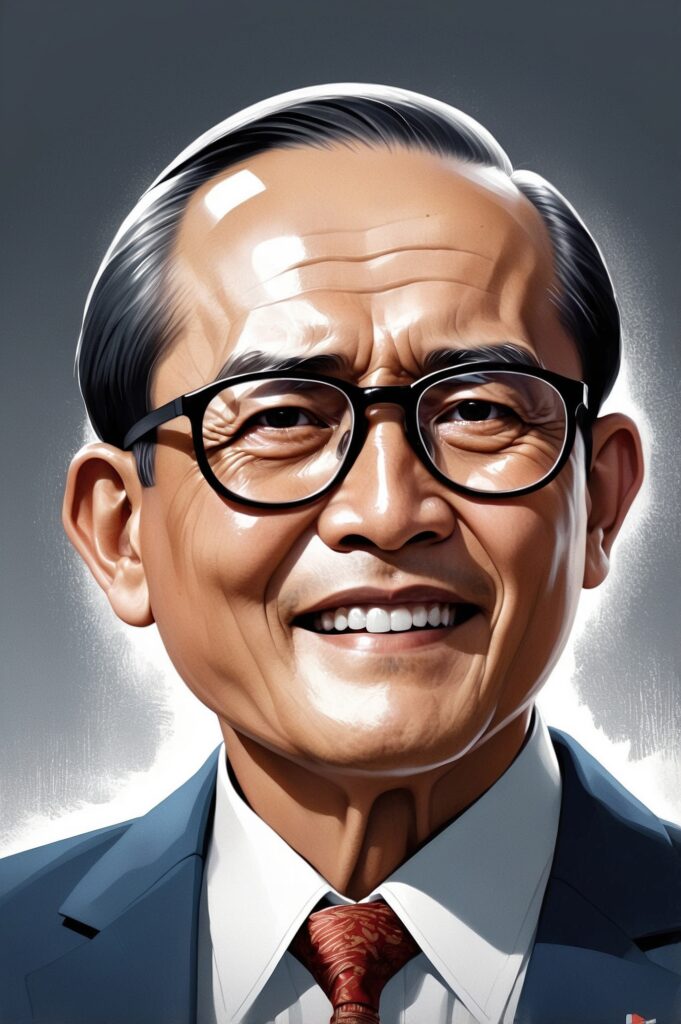Joseph “Erap” Estrada’s journey from movie star to president remains one of the Philippines’ most fascinating political stories. While many remember him for his action-packed films and his dramatic exit from office, there’s an often-overlooked chapter of his presidency that deserves attention – his administration’s focus on education and poverty alleviation. Despite his “masa” image and sixth-grade vocabulary that sparked countless jokes, Erap surprised many by prioritizing educational reforms and social development programs during his shortened tenure from 1998 to 2001. His campaign slogan “Erap para sa mahirap” (Erap for the poor) wasn’t just a catchy phrase – it became the foundation of his administration’s social policies, particularly in education.
Education Initiatives Under Estrada’s Leadership
The GASTPE Program Expansion
The Government Assistance to Students and Teachers in Private Education (GASTPE) saw significant expansion during Estrada’s term. The program, which helped deserving students access private education through various forms of financial assistance, received increased funding and reached more beneficiaries than ever before. The Department of Education reported that GASTPE funding increased from ₱1.8 billion in 1998 to ₱2.5 billion by 2000, allowing an additional 100,000 students to benefit from private education opportunities. This expansion demonstrated Estrada’s commitment to making quality education accessible to students from lower-income families, effectively breaking down socioeconomic barriers in education.
Modernizing Public Schools
Under Estrada’s watch, the School Building Program underwent significant expansion. The Department of Education records show that between 1998 and 2000, over 3,000 new classrooms were constructed nationwide, with a particular focus on rural and underserved areas. The program didn’t just focus on quantity – it introduced modern facilities and equipment to existing schools, including computer laboratories and science facilities. These improvements aimed to bridge the digital divide and provide students with hands-on learning experiences, regardless of their geographic location or economic status.
Poverty Alleviation Through Education
The Education First Policy
Here’s a breakdown of the key educational investments during Estrada’s presidency:
| Program | Budget Allocation (1998-2000) | Number of Beneficiaries |
|---|---|---|
| GASTPE | ₱2.5 billion | 500,000+ students |
| School Building Program | ₱4.2 billion | 1.2 million students |
| Teacher Training | ₱800 million | 50,000+ teachers |
| Educational Materials | ₱1.5 billion | 2.5 million students |
Source: Department of Education Annual Reports (1998-2000)
Innovative Approaches to Learning
The Alternative Learning System
Estrada’s administration recognized that traditional schooling wasn’t the only path to education. The Alternative Learning System (ALS) received unprecedented support during his tenure, with funding increased by 75% between 1998 and 2000. This program provided educational opportunities to out-of-school youth and adults who couldn’t access formal education. The system’s flexibility and accessibility made it particularly effective in reaching marginalized communities, including indigenous peoples and those in geographically isolated areas.
Social Development Programs
Linking Education to Poverty Alleviation
The Estrada administration understood that education and poverty alleviation were inseparable. Here’s how the social development programs were structured:
| Program | Focus Area | Impact |
|---|---|---|
| Food for School | Nutrition | 1.5 million children |
| Study Now, Pay Later | Higher Education | 200,000+ students |
| Livelihood Education | Skills Training | 300,000+ beneficiaries |
Source: National Economic and Development Authority Reports (1998-2000)
Challenges and Criticisms
Despite these initiatives, Estrada’s educational reforms faced several challenges. Budget constraints, implementation issues, and political turbulence affected the full realization of many programs. Critics argued that while the intentions were good, the execution sometimes fell short of expectations. However, data from the National Statistics Office showed that basic education enrollment increased by 8% during his term, with a particularly notable improvement in rural areas.
Legacy and Lasting Impact
The educational initiatives launched during Estrada’s presidency laid important groundwork for future reforms. Many of his programs, particularly GASTPE and the Alternative Learning System, continue to benefit Filipino students today. The focus on linking education to poverty alleviation influenced subsequent administrations’ approaches to social development.
Here are some lasting impacts:
| Area | Before Estrada (1997) | After Initiatives (2000) |
|---|---|---|
| Literacy Rate | 93.5% | 95.1% |
| Elementary Enrollment | 11.8 million | 12.8 million |
| Secondary Enrollment | 5.2 million | 5.8 million |
Source: Philippine Statistics Authority Historical Data
Lessons for Today
The Estrada administration’s focus on education offers several lessons for current and future leaders. The emphasis on accessible education, the link between education and poverty alleviation, and the importance of alternative learning systems remain relevant today. While his presidency ended controversially, his educational initiatives demonstrated that even complicated political figures can leave positive legacies in specific sectors.
Conclusion: Beyond the Controversy
Looking past the political drama that ended his presidency, Estrada’s educational initiatives represent an important chapter in Philippine social development. His administration’s focus on making education accessible to the poorest Filipinos, while not perfect, showed understanding of education’s role in fighting poverty. The programs he initiated or expanded continue to influence Philippine education policy, proving that sometimes, lasting positive change can come from unexpected sources.
Disclaimer: This article aims to present verifiable data about President Joseph Estrada’s educational initiatives during his presidency (1998-2001). While we have made every effort to ensure accuracy by citing official government sources, some figures may require additional verification due to the time period covered. Please report any inaccuracies to our editorial team for prompt correction. This article focuses specifically on educational and social development initiatives and does not address other aspects or controversies of the Estrada presidency.




